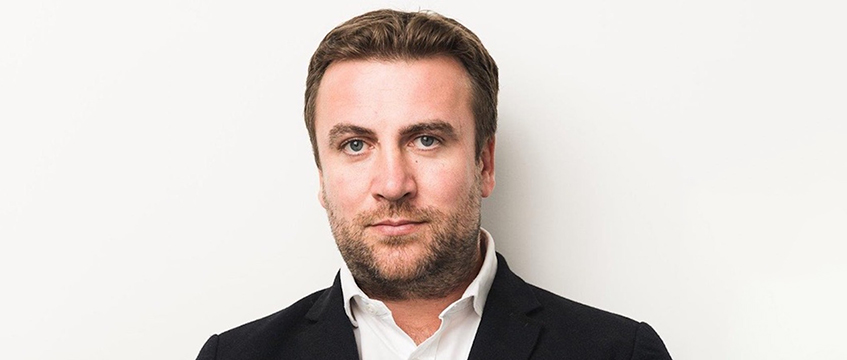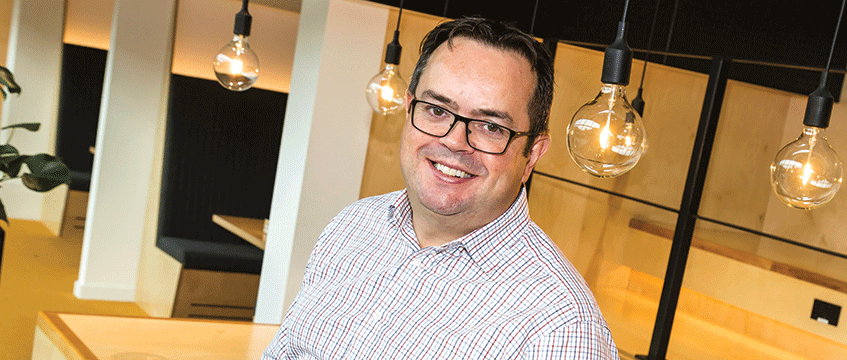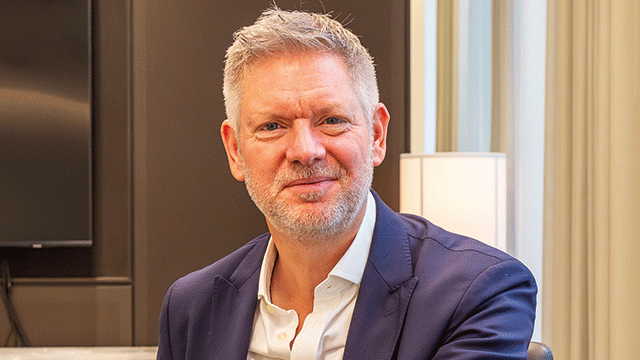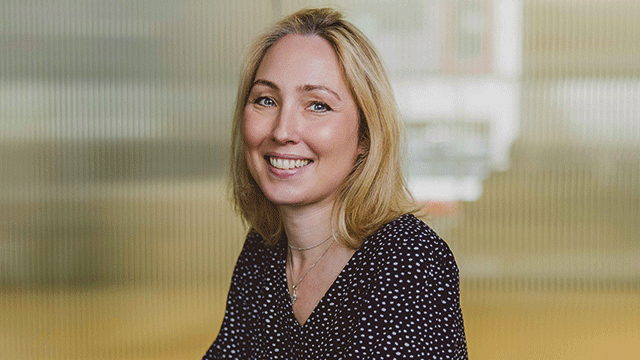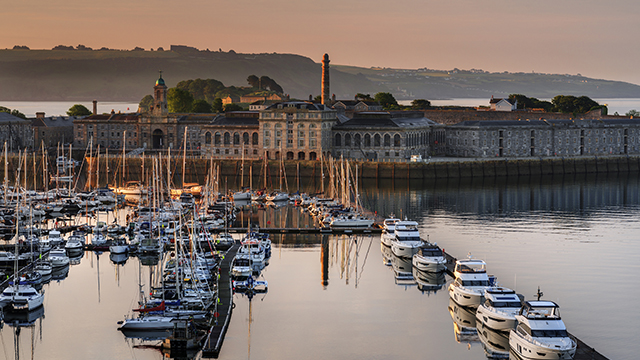How is technology transforming mapping in real estate?
They say a picture paints a thousand words. Maps offer a tantalising glimpse into the unseen. They are perhaps the earliest form of virtual reality, one that doesn’t always need to reflect the facts on the ground, says Mike Gedye, executive director, CBRE.
Perhaps the best example in the UK is the London Underground map we use today, first published back in 1931 by Harry Beck.
It still remains a great tool for tracking the interconnection of lines and stations, but is far from an accurate geographical representation.
They say a picture paints a thousand words. Maps offer a tantalising glimpse into the unseen. They are perhaps the earliest form of virtual reality, one that doesn’t always need to reflect the facts on the ground, says Mike Gedye, executive director, CBRE.
Perhaps the best example in the UK is the London Underground map we use today, first published back in 1931 by Harry Beck.
It still remains a great tool for tracking the interconnection of lines and stations, but is far from an accurate geographical representation.
For those of us with a creative bias, maps are a thing of beauty, presenting a bird’s eye view of the world we live in.
Maps can replace dozens of data tables and hundreds of text pages in a more simplified visualised format, highlighting patterns and interrelationships.
The emergence of 3D geovisualisations, powered by digital technologies, has transformed our ability to track increasingly complex data streams incorporating both time series (current and predicted) and the spatial relationship of people and things.
This new technology is transforming our ability to interpret patterns, answer complex questions and shape the transformation of the design and operation of physical places and the spaces in between them.
This is game-changing for the built environment, and it is perhaps unsurprising that the emergence of new and more sophisticated mapping and visualisation technologies has triggered a whole new generation of start-ups offering an increasingly rich array of mapping solutions.
We have seen two companies emerging out of Spain offering different perspectives on location mapping.
Urban Data Eye is diagnosing the health of public spaces using data from CCTV and live video streaming to address issues related to malfunctioning operations, safety, congestion and even accidents. The UDE algorithm can intelligently classify moving objects (whether capturing the movement of pedestrians, bikes or cars).
LoLoLo, another Spanish start-up, is a crowd-sourced location analytic platform that uses Space syntax, social physics, computer vision and big data techniques to quickly and accurately compare commercial properties and locations based on capturing the movement of people and traffic through mobile data.
It is hoping to use its platform to produce digital maps that help owners, retailers, franchises and advertisers to make better-informed investment decisions.
Our capacity to visualise and analyse an increasing volume, variety and velocity of data sets has transformed the functionality and potential value that can be unlocked from digital maps, moving us quickly from 2D maps to sophisticated visualisation models in 3D, 4D and beyond.
While most data scientists can appreciate the power of aggregated information in its raw form, for most of us it is only when the data is presented in digital maps, which visualise the operational patterns and movements of people, places and property, that the power of these insights is fully appreciated.
By incorporating time and movement into the analysis of data and overlaying insights into the demographics of the consumer patterns, significant value can be unlocked.
CBRE’s Calibrate platform creates maps from the digital footprints of more than 15 million mobile phone users, combining market and store performance data to provide a unique access to consumer profiling and retail spending behaviours.
While initially designed to support retailers, the product has broader applications across a range of commercial uses – including offices – and can be used for the creation of bespoke analytics.
Our research has highlighted a shift in the focus on technology investments over the next few years, away from products solely focused on operational efficiency towards technologies that drive the productivity agenda and the optimisation of human capital.
Our fascination with maps remains as strong as ever and with emerging technology solutions enabling us to overlay an increasingly diverse range of sources of data to support both our basic navigation and our decision making, maps will continue to play a critical role in helping us to optimise the interrelationship between people, places and property.




